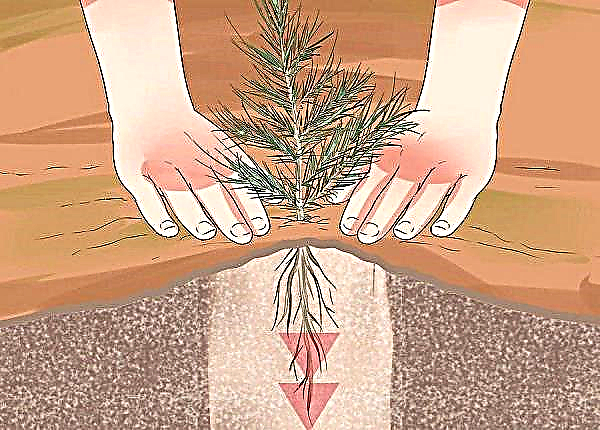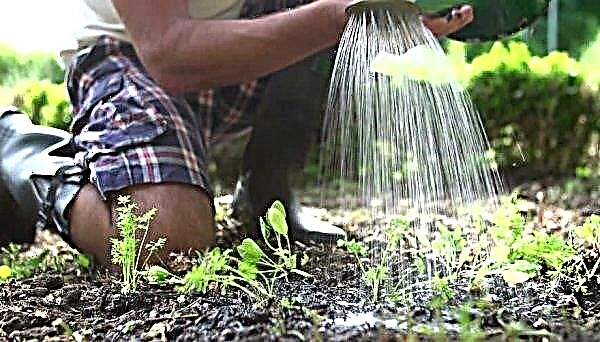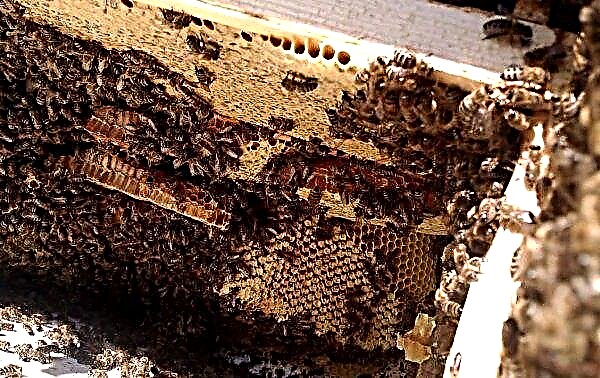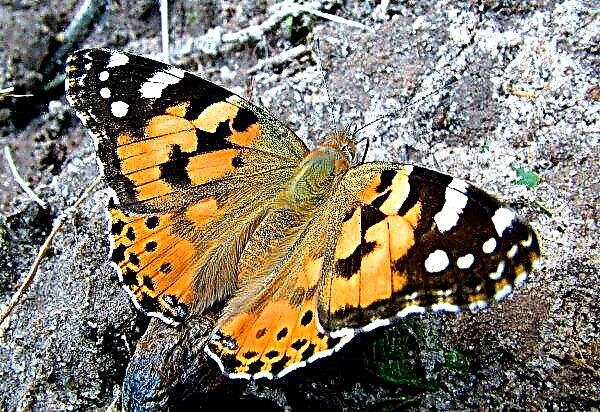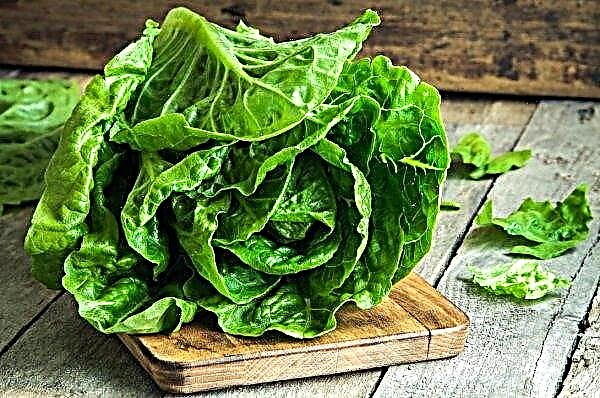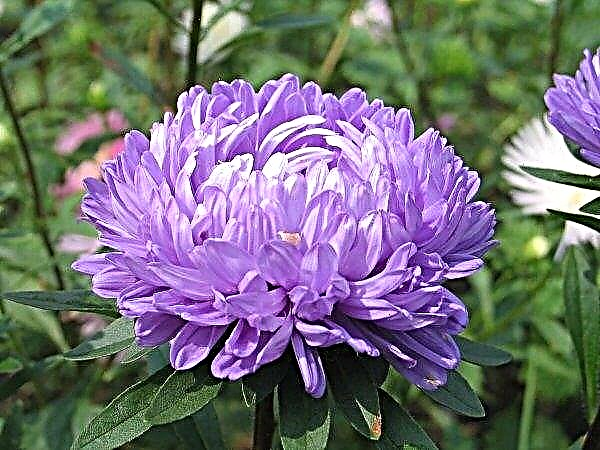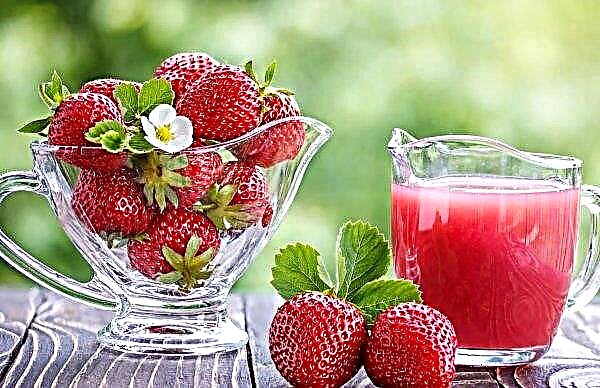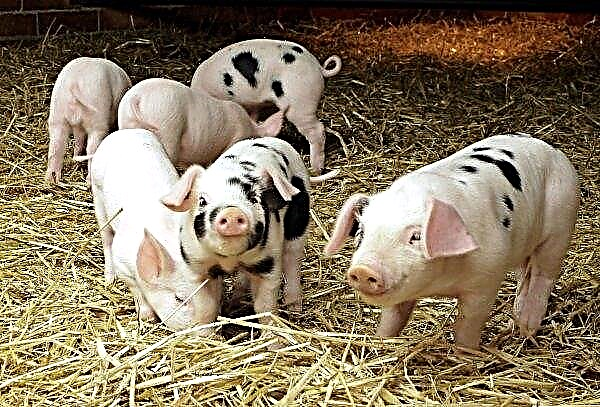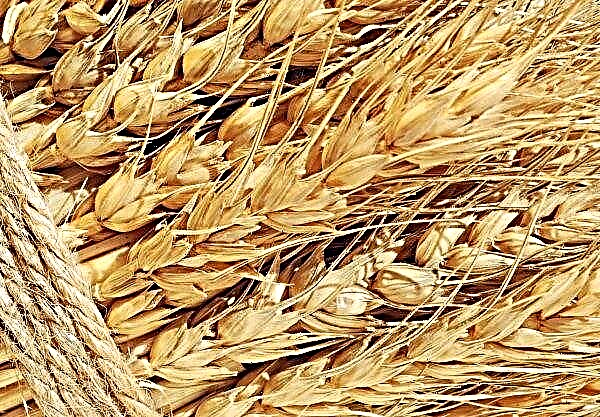More and more often, sellers began to offer a product called cedar honey in the markets, assuring that it has unique healing properties. However, today's customers can no longer be fooled by loud advertising signs. They think about whether it is true that such a product exists. From this article you will learn the answer to this question, as well as how to make cedar sweetness and how useful it is.
Does the cedar blossom
When we speak of cedars in our latitudes, we often mean cedar pine, which is brought to them by a relative. After all, only her fruits (nuts) are edible.
These trees come in 2 types:
- male;
- female.

On male trees, spikelets are located on the shoots that grew this year, grow a column at their base. They are called microstrobils. Here, male sporophylls (microsporophiles) mature.
Female-type trees have columnar spikelets at the ends of branches with a large number of stamens arranged in a spiral. They have pollen. Cones grow on 1 surrounded by bunches of needles and are called megastrobils.
In June, male trees begin to dust - to actively produce microsporophiles, which the wind brings to the stamens in the spikelets of female plants. Bees are not attracted by the faint aroma of these inflorescences; they do not participate in their pollination.Important! Despite the presence of pollen, the amount of nectar needed for honey to produce honey in such flowers is negligible.

What honey can be called cedar
In the classical understanding of cedar honey does not exist, because bees do not collect nectar from cedar flowers. There are 2 cases when a product can be called like this:
- It is made by mixing a common product with cedar resin (gum). Such sweetness is most often found on the market, we will talk about it further.
- The beekeepers pumped it out of the hive after the bees collected sweet pad or honey dew from needles and cedar branches. Bees produce this product only in the absence of flowering plants.

Although in the second case both types of honey are called honeydews, there is a difference between them. The fall is a product of the vital activity of parasitic insects (aphids, lice), and honey dew is secreted on cedar needles as a result of a sharp drop in humidity and temperature.
Such honey has no characteristic odor and a different taste. It should also be noted a high level of acidity, an almost complete absence of antimicrobial elements, a reduced amount of easily digestible sugars and a short shelf life.Important! If you leave the results of processing the bees to bees for the winter, they may die.
Honey production from the paddy is considered second-rate, it often contains impurities in the form of microscopic parts of insects, for example, the skin after molting of lice. The product from honey dew is richer in composition of macro- and microelements, therefore it is considered more valuable abroad.
Video: Cedar Honey
How to make cedar honey
To make cedar honey you will need:
- any bee flower product;
- cedar resin.

The way you make cedar honey will depend on how you plan to use it. If the result is intended for ingestion, then for 1 g of resin, you need to add 60 g of flower bee product. In case of application as an external agent, 20 g of flower honey are mixed with 1 g of resin.
Did you know? In Turkey you can buy an elite Elvish bee honey variety, which costs 6800 US dollars per 1 kg.
Composition of Cedar Honey
There is no fat in a regular bee production product, but there are:
- proteins;
- carbohydrates;
- organic acids;
- water;
- ash;
- vitamins B1, B2, B5, B6, B9, C, P, PP;
- macroelements: potassium, calcium, sodium, magnesium, chlorine, phosphorus, sulfur;
- trace elements: iron, iodine, cobalt, manganese, copper, fluorine, zinc.

As part of the resin, there are:
- about 1/3 are monoterpenes (limonene, karen, camphene) and other volatile substances;
- about 2/3 are in resin acids (pimaric, sapic, dextropimaric, abietic, palusturic, and others);
- succinic acid;
- palmitic, lauric, stearic, oleic and other fatty acids;
- sesquiterpenes, diterpenes and other neutral substances;
- resins - colorless resin alcohols;
- vitamins C, D;
- rezinotannols - alcohols with coloring.

Useful properties and contraindications
- Cedar honey has such useful properties:
- eliminates inflammation of the gums and oral cavity;
- strengthens the immune system;
- promotes sputum discharge during cough;
- relieves cough;
- effective in fighting throat diseases;
- restores strength;
- relieves fatigue;
- cleanses the intestines;
- relieves acne;
- restores skin elasticity;
- promotes the rapid healing of wounds, bites and cuts; calms the nervous system.

- The use of the product has contraindications in the presence of:
- allergic reactions to its components;
- diabetes mellitus;
- pancreatitis
- rosacea (in case of external use).
Before using it to treat any disease, it is better to consult a doctor. Precautions should be taken by pregnant and lactating women. Even if you do not have a hypersensitivity reaction, your baby may have it. Giving cedar honey to children is not possible before they turn 3 years old.
Thus, a product called cedar honey does exist. However, in most cases they get it by mixing ordinary flower with resin, because nectar can hardly be found in pine trees, and honey dew is not common. This product is useful, although do not forget about contraindications to its use.
